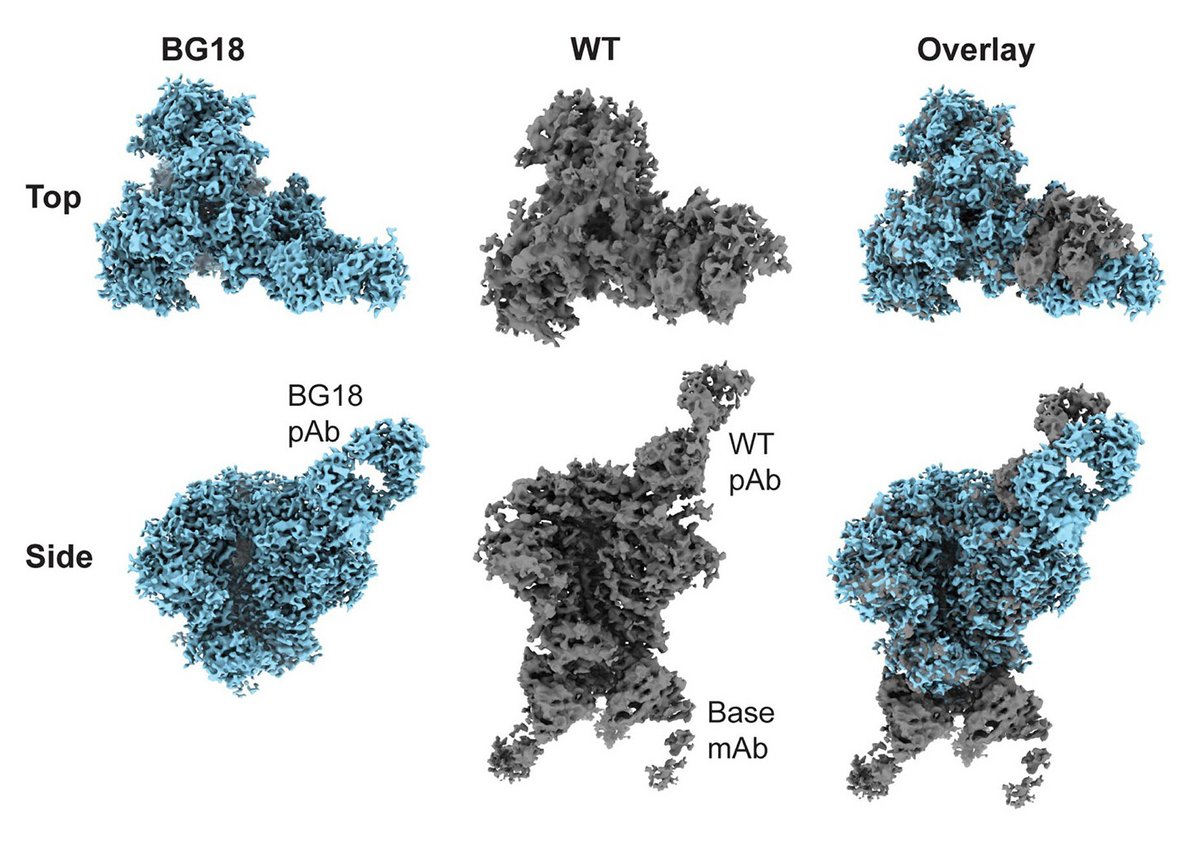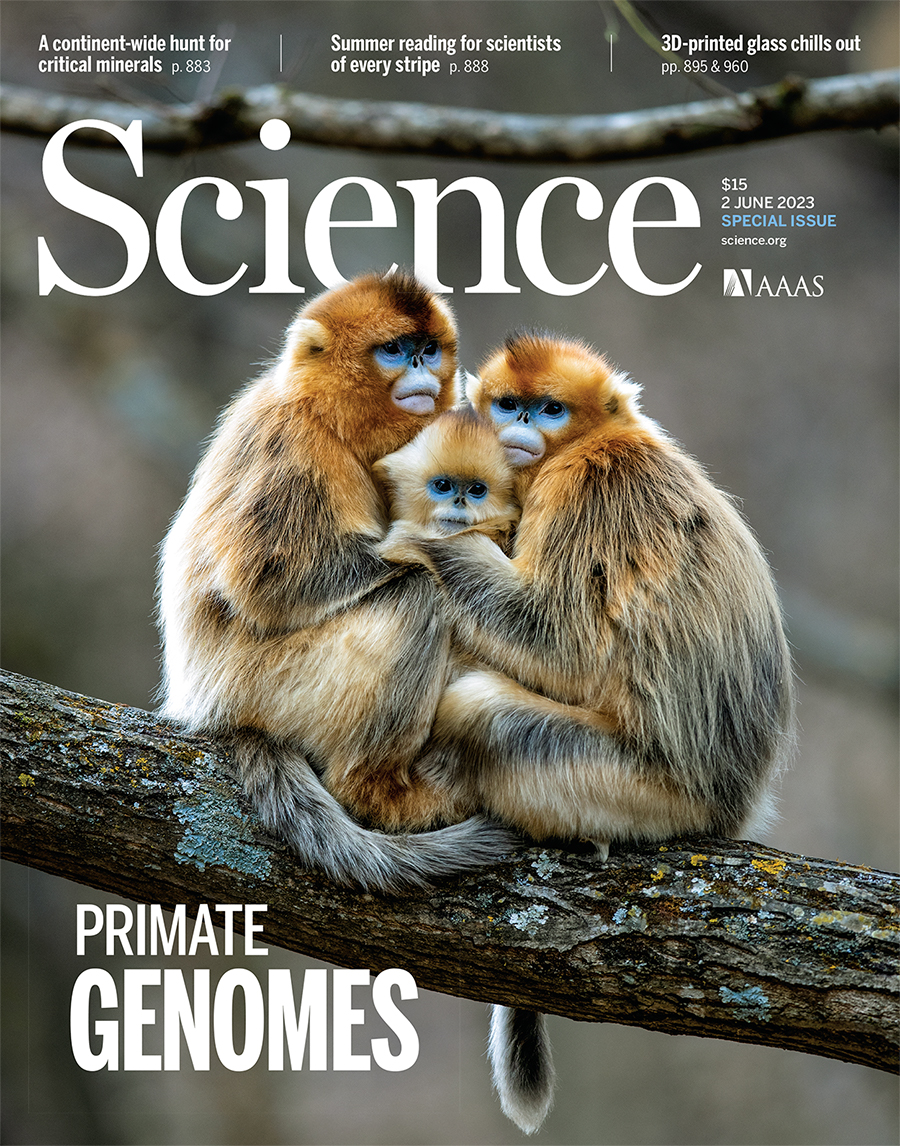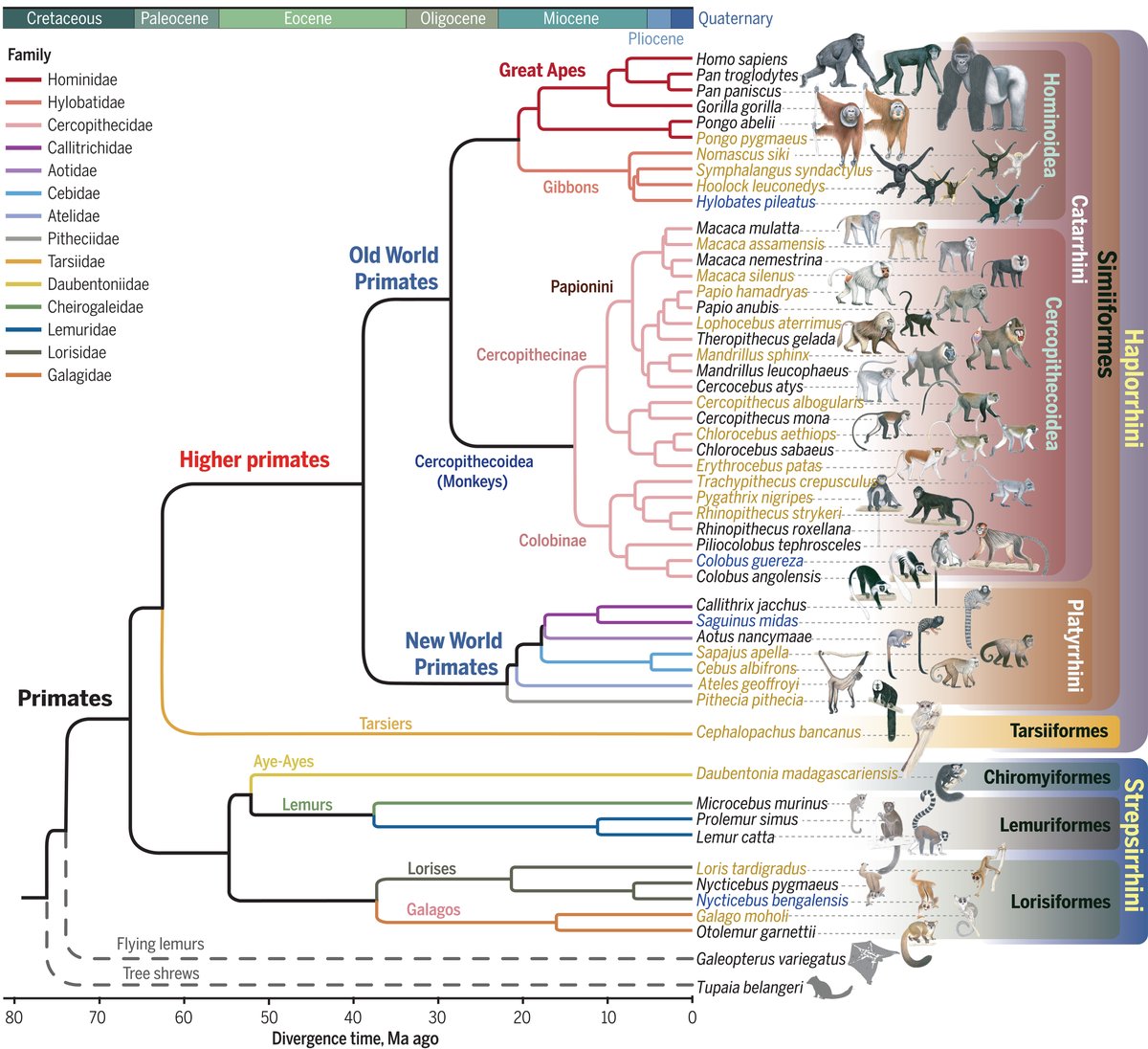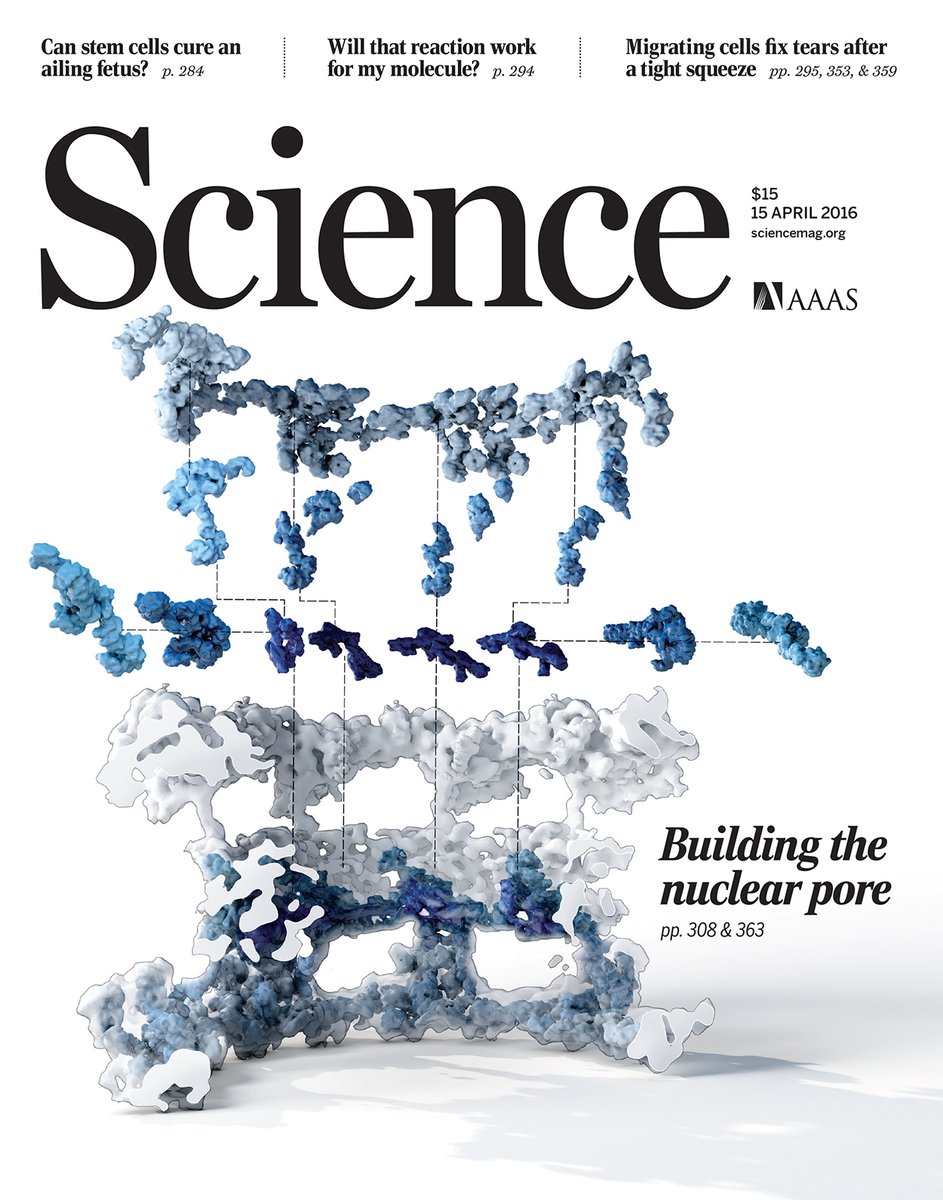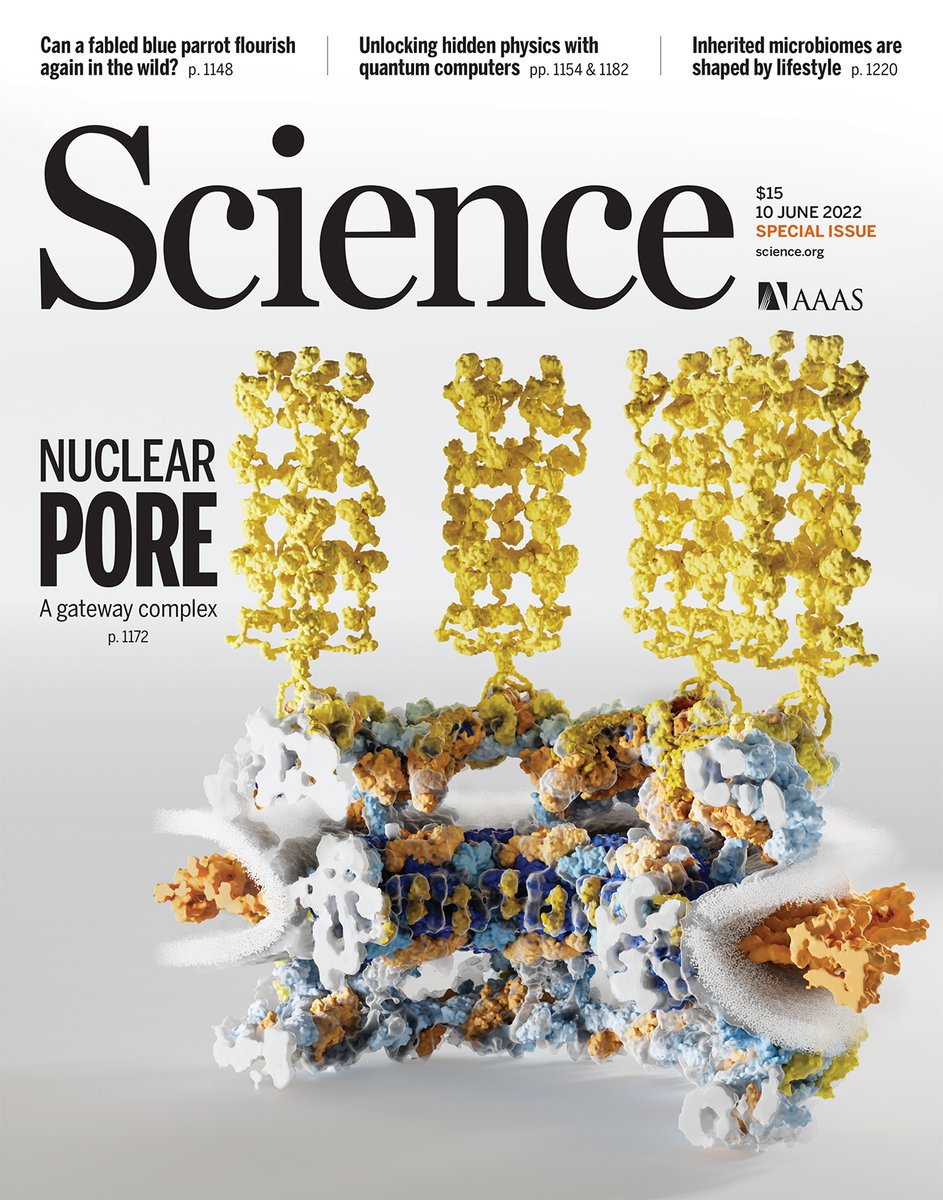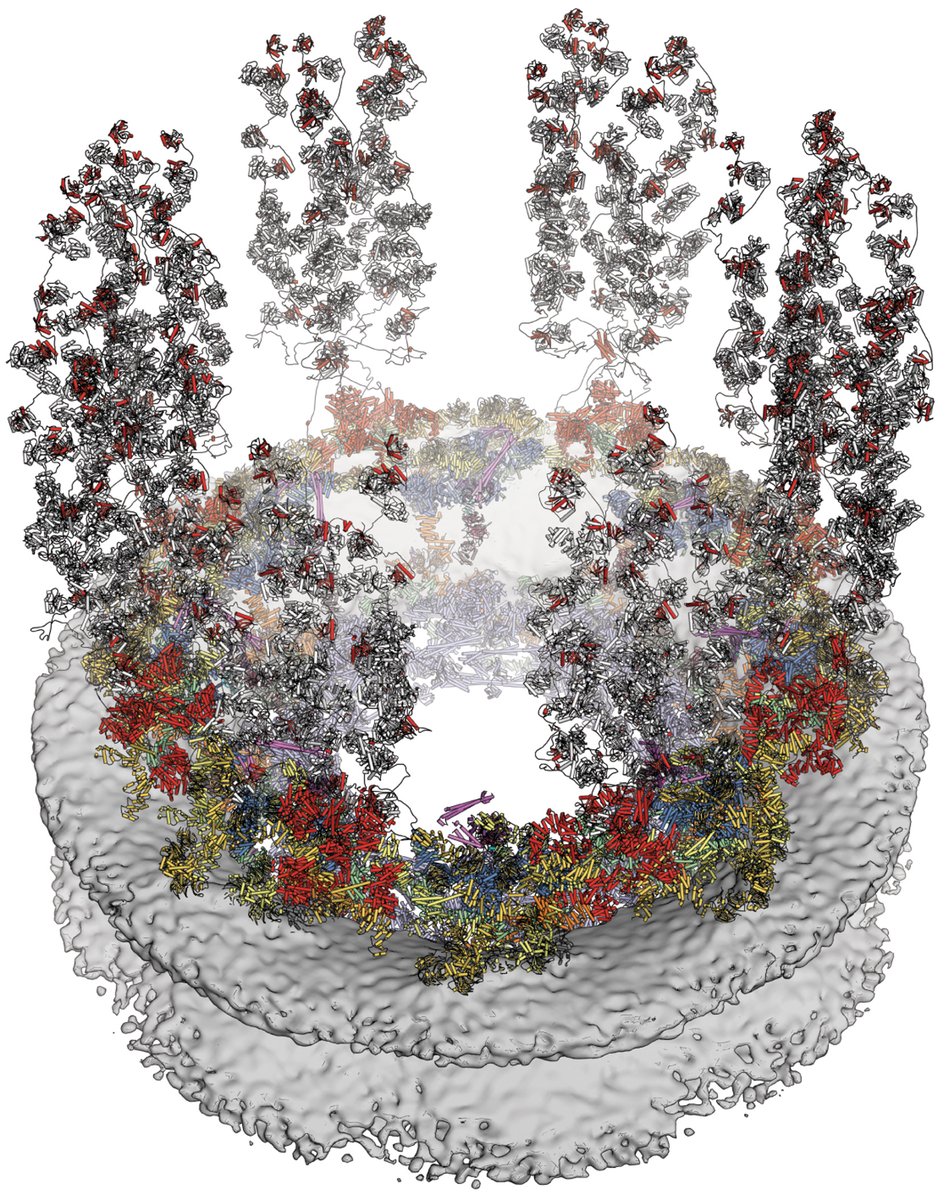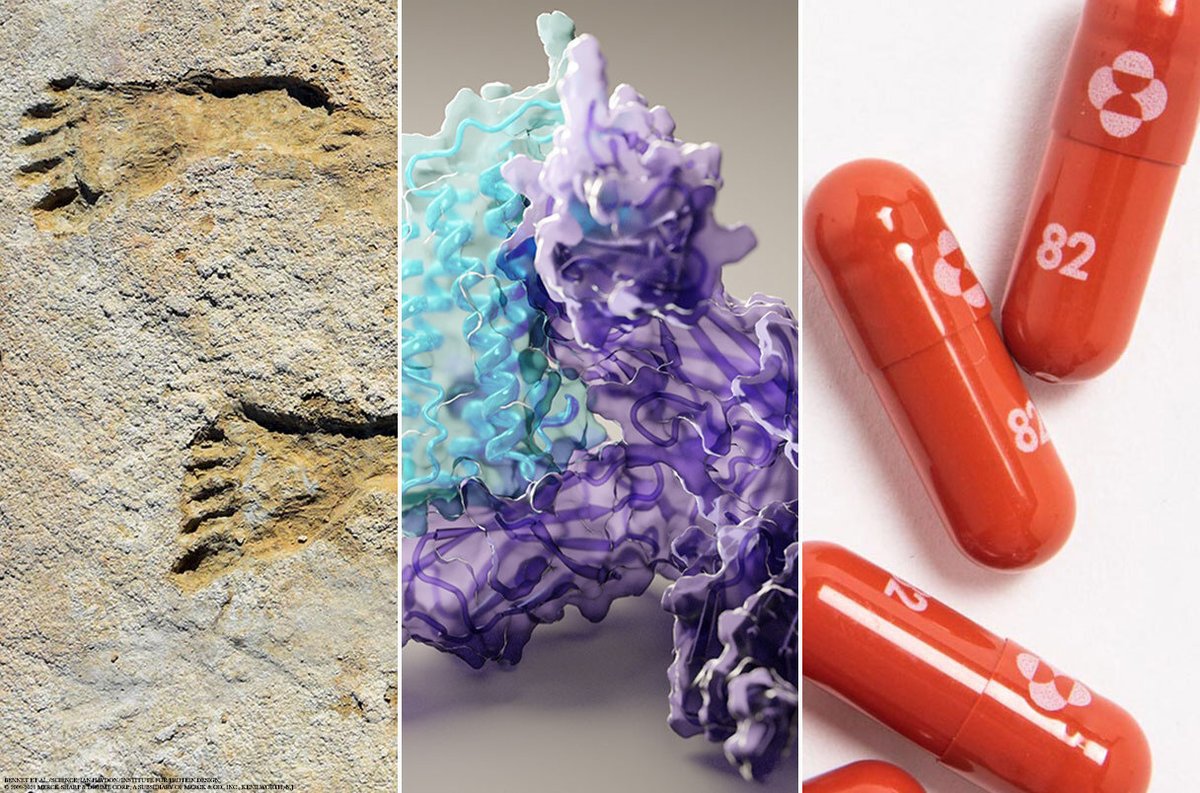The human body is home to a variety of microbiomes.
A new special issue of Science looks at our current understanding of these microbial communities, their effects on human health, and what remains to be discovered. fcld.ly/ny68b06 (THREAD) 🧵 #TheSystemicMicrobiome
A new special issue of Science looks at our current understanding of these microbial communities, their effects on human health, and what remains to be discovered. fcld.ly/ny68b06 (THREAD) 🧵 #TheSystemicMicrobiome

Oral microbiota form distinct biofilms in different regions of the mouth that protect host tissues. When these biofilms become unbalanced, they may contribute to various diseases, including cancer and #Alzheimers.
Learn more in a new #SciencePerspective: fcld.ly/5p2qrue
Learn more in a new #SciencePerspective: fcld.ly/5p2qrue
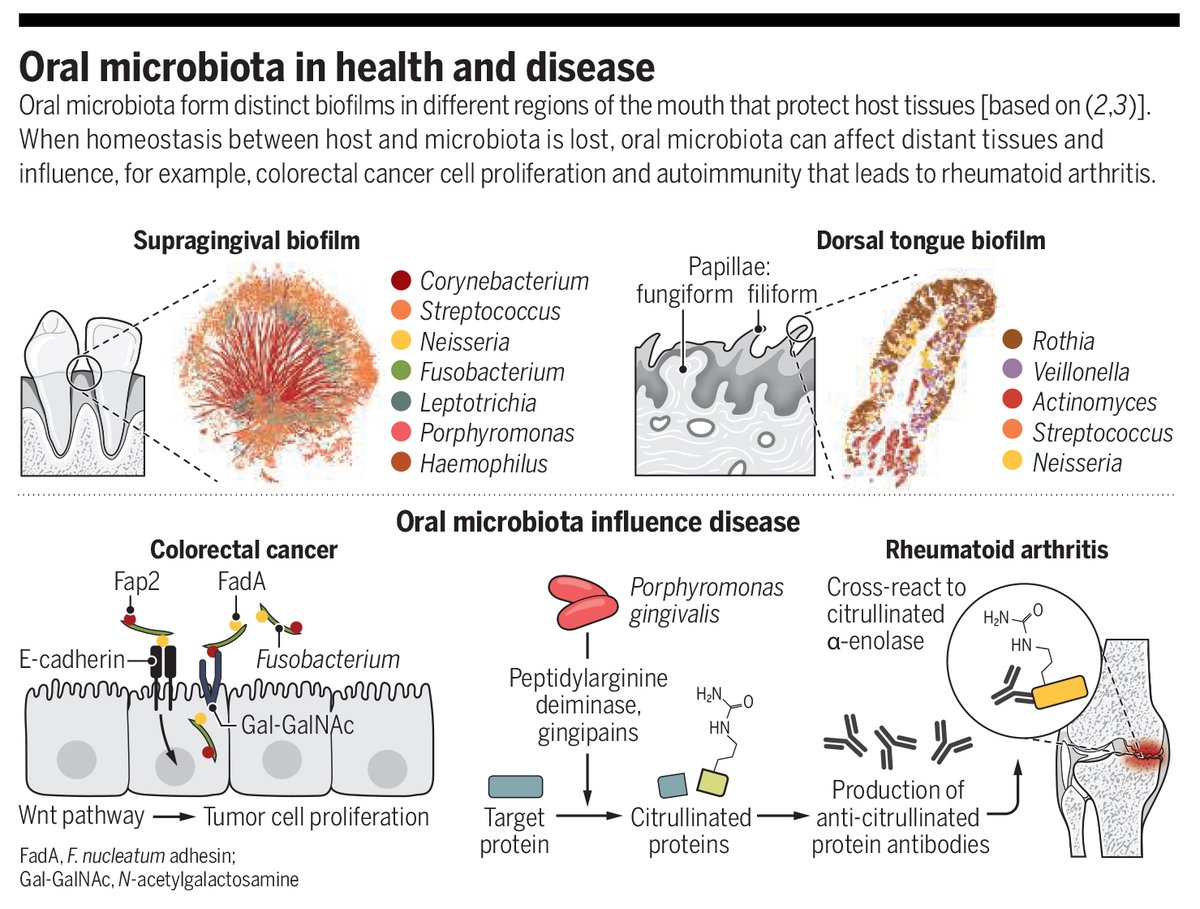
A new #SciencePerspective discusses research that has identified brain systems that may be regulated by microbiota-derived molecules. fcld.ly/3kkigj8 

The gut microbiota is associated with brain development and function, as well as altered emotional, motor, and cognitive behaviors in animals—but more research is needed in humans, a new #SciencePerspective highlights. fcld.ly/i0d0h3m 

Human skin forms a protective barrier against the external environment and is our first line of defense against toxic, solar, and pathogenic threats.
A new #ScienceReview highlights the skin microbiome and how it enhances our body’s natural barrier. fcld.ly/1nlq4fh
A new #ScienceReview highlights the skin microbiome and how it enhances our body’s natural barrier. fcld.ly/1nlq4fh

A new #ScienceReview evaluates how the mutually beneficial relationships between communal microbes and human cells first arise during development and are maintained throughout life. fcld.ly/1ep4uye 
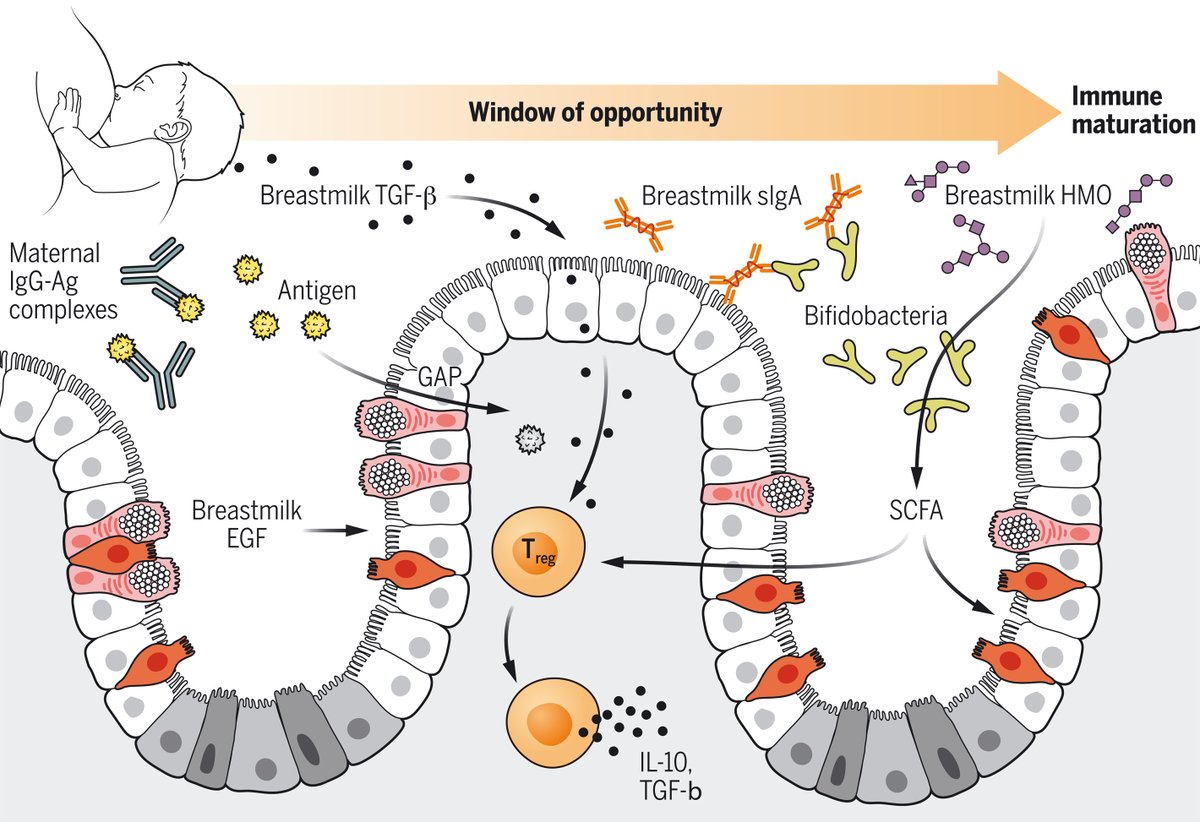
Discovering how microorganisms regulate microbiota-host interactions is the next step in understanding the functional attributes of our microbial residents, argues a new #ScienceReview. fcld.ly/8wwstnv 

• • •
Missing some Tweet in this thread? You can try to
force a refresh







